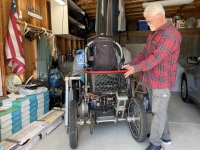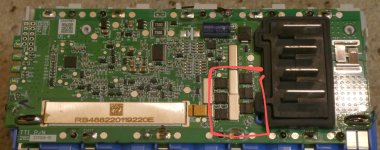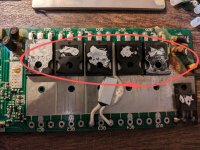Hey guys this may not have a straightforward answer but it is on my mind a lot and its making me uncomfortable. I have a custom go kart I put together a few years ago. I had EV3MV (not around anymore) put together some nice 20s5p 18650batteries with BMSs. We charge this thing with cheap Chinese chargers that say WARNING all over them about fire risk. We charge these batteries in a garage with no sheetrock on the interior next to a gas car. EV3MV was a professional organization but I'm still not satisfied about the safety level given that the batteries do ride around in a vehicle that shakes and goes over bumps often. So, what do I do? How can I mitigate the fire risk? Are there good chargers I can buy? is there a way to test the batteries? Should I charge them outside? Should we throw a fire blanket over them during charging? Are there any very high quality battery BMSs I can buy that I can assemble into a new pack so I can sleep at night? Is there anyone on the planet that can assemble a very safe custom battery? Or is that an oxymoron? I know the pictures aren't great but its what I can find on my phone.











